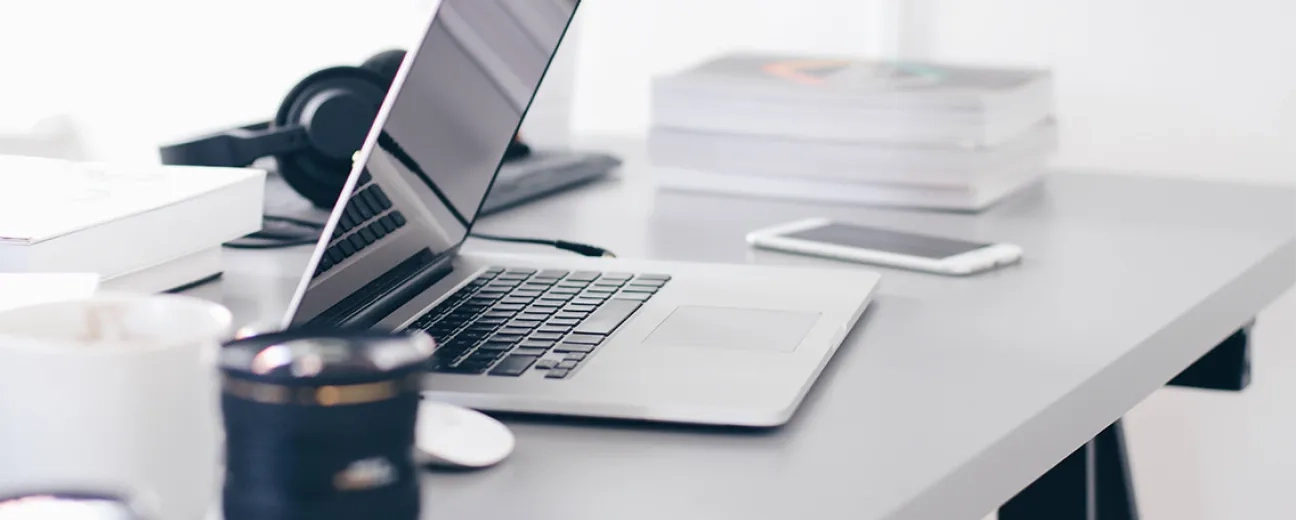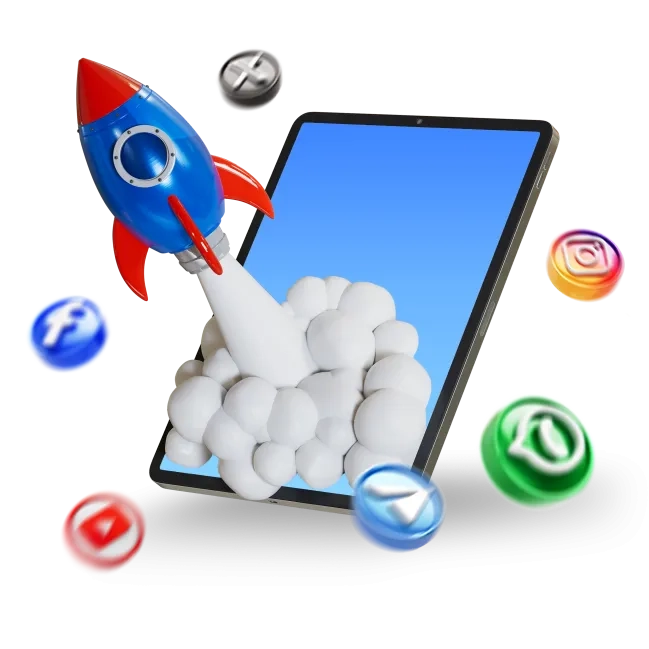Designing the Digital Productivity Workspace of 2025

The way we work has changed forever. So why are so many workspaces still stuck in the past?
In 2025, digital productivity is no longer just about faster Wi Fi or better apps. It is about designing work environments that support focus, flexibility, and well being. Whether you are working from a downtown office, a home studio, or a hybrid hub, your workspace setup can either fuel your performance or drain your energy.
Why Workspace Design Matters More Than Ever
We are in the middle of a workplace renaissance. The rise of hybrid work, AI powered tools, and employee centric design has shifted the spotlight to one critical question: how do we create spaces that help people do their best work?
According to Firstup, the digital workplace in 2025 is defined by integration, personalization, and measurable outcomes. It is not just about where we work, but how our environments support our goals. From lighting and posture to noise control and digital tools, every element plays a role in productivity.
Think about your current workspace. Does it energize you or exhaust you?
Ergonomics: The Foundation of Focus
Let us start with the basics. Ergonomics is not a luxury, it is a necessity. Poor posture, eye strain, and repetitive stress injuries are silent productivity killers. Fortunately, modern setups offer smarter solutions.
As outlined by BodyBilt, upgrading your desk with ergonomic chairs, adjustable monitor risers, and keyboard trays can significantly reduce fatigue and improve focus. Even small changes like repositioning your desk to face natural light or adding a footrest can make a big difference.
- Use a chair with lumbar support and adjustable height
- Position monitors at eye level to reduce neck strain
- Invest in a keyboard tray to keep wrists in neutral position
- Incorporate soft lighting to reduce glare and eye fatigue
Comfort is not just physical. It is mental. When your body feels supported, your mind can focus.
Smart Desks and Personalized Setups
Gone are the days of one size fits all cubicles. Today’s workspaces are adaptive, intelligent, and deeply personal. According to Autonomous, 2025 desk setups are embracing features like noise canceling desk arches, posture monitoring displays, and modular shelving that supports mindfulness and organization.
These innovations are not just about aesthetics. They are about creating an environment that aligns with your workflow and personality. Whether you thrive in a minimalist space or a creatively cluttered one, the key is intentionality.
At SoftXPro, we have helped teams reimagine their digital environments through custom platform design that mirrors this same philosophy: build around the user, not the system.
What if your desk could remind you to stretch, adjust your lighting based on the time of day, or even track your posture in real time?
Biophilic and Minimalist Design for Mental Clarity
In the pursuit of productivity, mental clarity is often overlooked. That is where biophilic and minimalist design come in. According to Mount-It!, incorporating natural elements like plants, wood textures, and daylight into your workspace can reduce stress and boost cognitive function.
Minimalist setups, on the other hand, reduce visual clutter and decision fatigue. A clean desk is not just tidy, it is strategic. It signals to your brain that it is time to focus.
Here are a few ways to integrate these principles:
- Add a small plant or natural wood accessory to your desk
- Use cable organizers to eliminate visual mess
- Choose a neutral color palette to reduce overstimulation
- Keep only essential tools within arm’s reach
Sometimes, the most powerful productivity tool is the one you remove from your desk.
Hybrid Work and the Rise of Modular Spaces
As hybrid work becomes the norm, flexibility is no longer optional. According to Skedda, modern offices are being redesigned to accommodate multiple work modes: focus, collaboration, and recharge. This means modular furniture, bookable quiet zones, and tech enabled meeting pods.
For remote workers, this translates into home setups that can shift from deep work to video calls with ease. Think foldable green screens, mobile lighting kits, and soundproof panels that transform a corner into a command center.
We have seen this firsthand in our client portfolio, where businesses are integrating digital platforms with physical space planning to create seamless hybrid experiences.
Is your workspace ready to adapt when your work mode changes?
Digital Tools That Complement Physical Design
Finally, no modern workspace is complete without the right digital tools. But these tools must complement, not complicate, your workflow. The best setups integrate hardware and software into a cohesive ecosystem.
From AI powered scheduling assistants to ambient productivity trackers, the goal is to reduce friction and increase flow. As Firstup notes, the digital workplace of 2025 is about measurable outcomes and employee empowerment.
At SoftXPro, we help companies build platforms that do just that - tools that feel invisible but make a visible impact.
What if your workspace could anticipate your needs before you even ask?
Conclusion: Build a Workspace That Works for You
The future of work is not just digital. It is human centered. Your workspace should be a launchpad, not a limitation. By combining ergonomic design, smart tools, and intentional aesthetics, you can create an environment that fuels your best work - wherever you are.
Want to explore how digital platforms can elevate your workspace strategy? Book a free strategy call with our team today.
